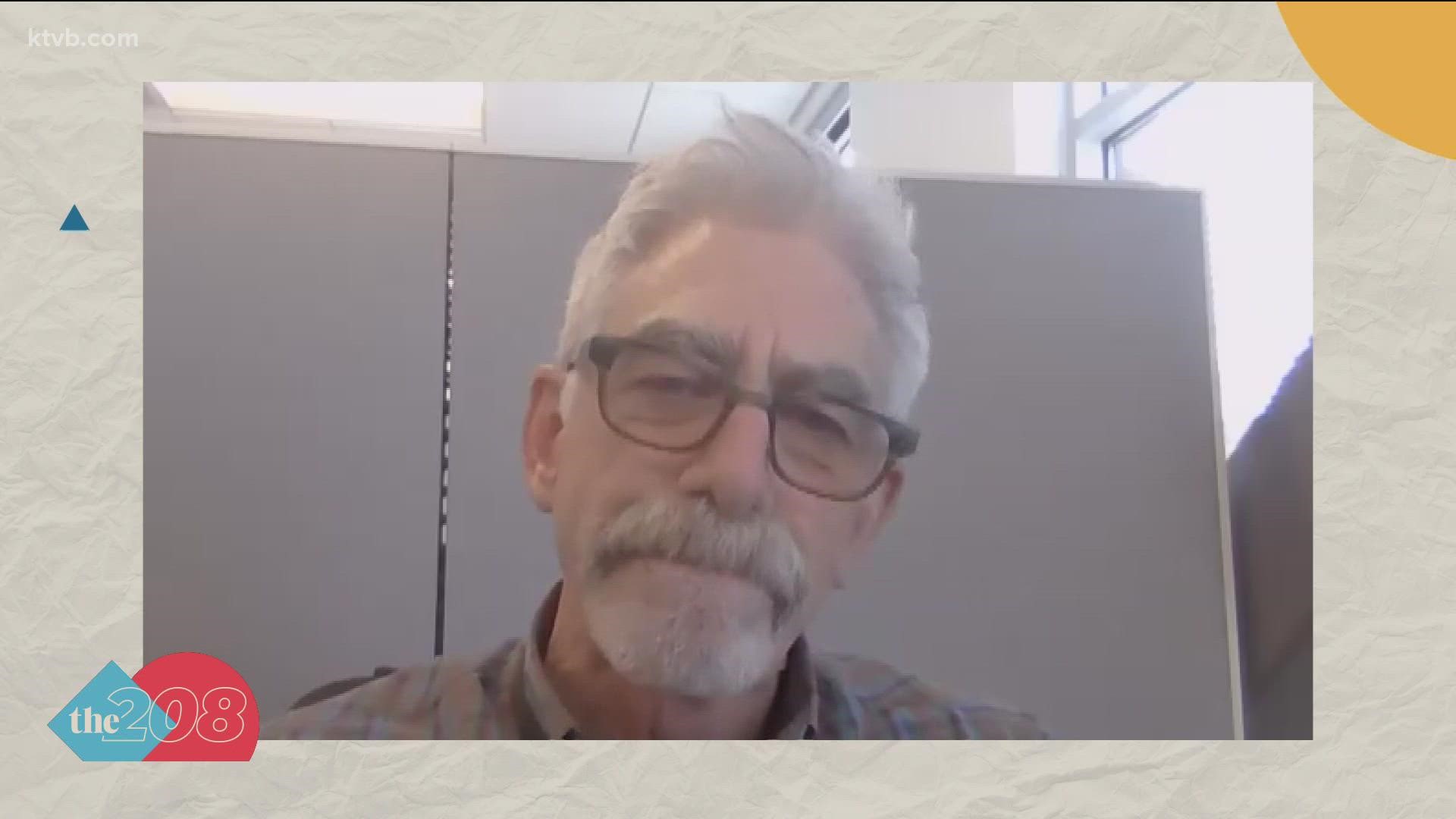BOISE, Idaho — According to the Idaho Department of Health and Welfare, 817,000 Idahoans are fully vaccinated and nearly 72,000 people in the Gem State have received a COVID-19 booster shot.
On Thursday, the Centers for Disease Control and Prevention voted unanimously to allow Moderna boosters six months after vaccination. The Johnson and Johnson booster is recommended after two months of being vaccinated. However, the CDC’s director will need to sign off on both recommendations.
According to Idaho medical experts, the unanimous vote came quickly and not with many directions on how the boosters should be administered.
“Vaccinations are complicated and, in a sense, you can’t just say, 'Oh here's a new vaccine and tell your staff to give it,'" said Doctor David Peterman, the CEO of Primary Health Medical Group.
The FDA sent out recommended guidance on the Moderna booster, the same day the advisory panel approved it. Medical experts argue that this doesn’t give them enough time to train their physicians on how to administer the vaccine.
“We have to learn all the different aspects of how to store the vaccine, how to draw it up in a syringe, and how to give it to the patients,” Peterman said.
CDC advisors recommended the Moderna booster for those 65 and older, or those 18-64 at high risk for contracting COVID-19, or those with frequent potential exposure to the virus. However, only half of the dose is recommended, which can complicate the administration process for some providers.
“Up until now, the syringes that we have all been given by the federal government for Moderna, is a bigger syringe and appropriate for the full dose but it’s really too big of a syringe to give this booster dose because you want to be very accurate with this smaller dose,” Peterman explained. “When you give such a small amount that is 0.25 millimeters, the larger syringes make it difficult to be accurate.”
The concern with administering the small booster amount with a bigger syringe, is either giving too much booster or not enough. While Primary Health has smaller syringes available to accurately measure out .25 milliliters of the booster, other medical providers don't.
“Different syringes are typically pretty available but in today's world we just don't know, everything is a little uncertain,” said John Kaiser, the chief medical officer for Saltzer Health. “It will take some extra steps and precautions to make sure that you are administering it correctly because we are going to continue vaccinating people with one of their first two doses.”
According to Peterman, the FDA recommends that a single vile only be punctured 20 times due to concerns of contamination, but there are 30 doses in one vial.
“To begin with, we will be wasting vaccine,” Peterman said.
With lingering questions and potentially only a day away from full booster approval, both Dr. Peterman and Dr. Kaiser said the CDC failed to give medical providers thorough guidance on the new boosters in a timely manner.
“We have a meeting on Monday to game plan what are we going to do, what resources do we have, what can we put in place immediately, do we have to restrict it to certain sites initially to make sure we are doing it right or can we do it across all of our locations?” Kaiser said.
“They release public information which causes parents and patients to ask lots of questions before we, the providers, have all the information and the answers," Peterman said."You need to give primary care providers an opportunity to train their staff how to appropriately give this vaccine and give it safely."
Facts not fear: More on coronavirus
See our latest updates in our YouTube playlist:

